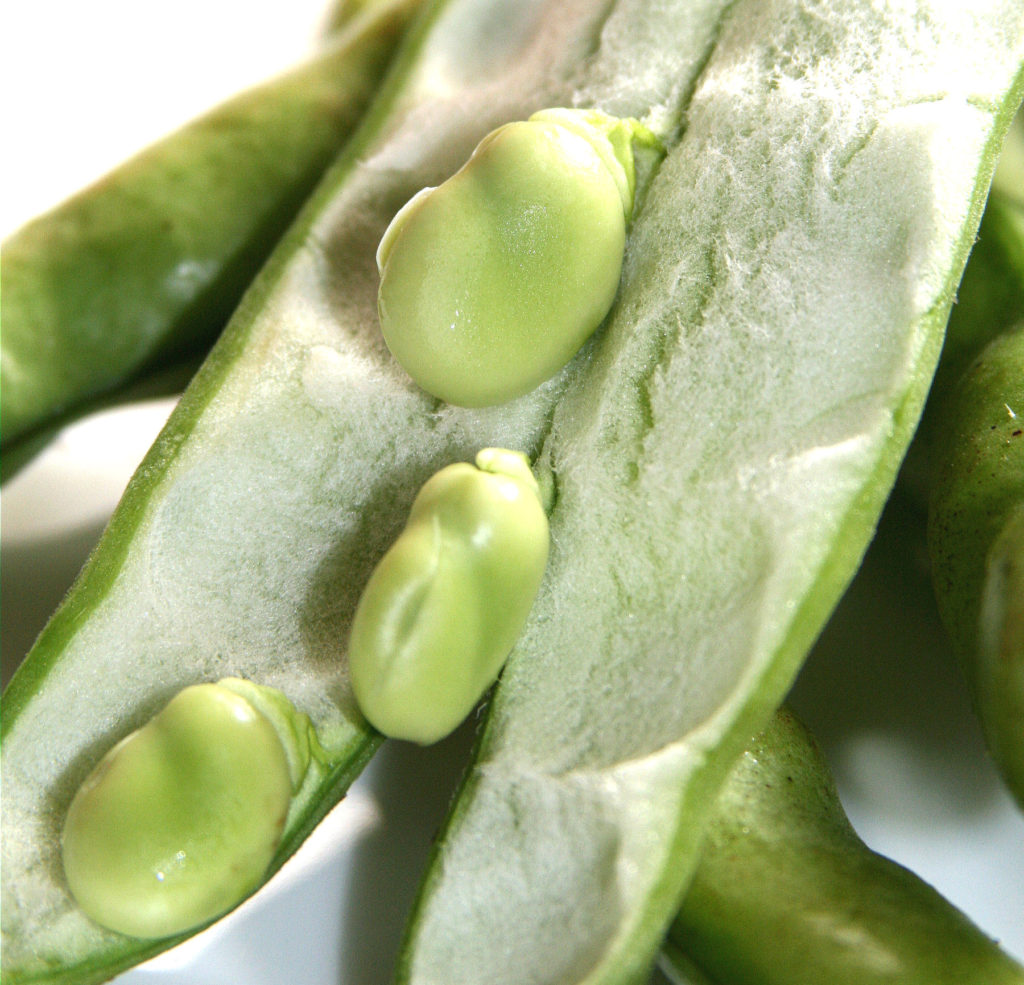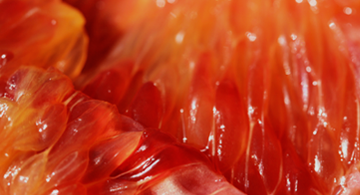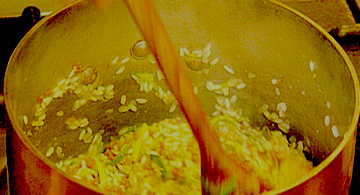
Fava Bean, or Vicia Faba, is a member of the Fabaceae family, a legume traced back millennia. Being among the most ancient of plants, it is believed fava beans as well as lentils, chickpeas, and peas comprised a significant part of the Mediterranean diet 6000 years ago. Originating in North Africa, fava beans remain one of the easiest crops to grow, and therefore fava beans comprise commercial production in several countries.
In Italy, ideal climates for fava beans are in Tuscany, Lazio, and Apulia, as well as surrounding regions. Being a cover crop, growing fava beans helps prevent erosion and fixes nitrogen in the soil because they are a legume. The arrival of fresh fava beans in the outdoor markets is always a cause for celebration – Spring has arrived!
Fava beans are a good source of Vitamin A, choline, calcium, iron, magnesium, phosophorus, and potassium, and are low in sodium. Usually the fresh fava beans are eaten boiled and shelled since the shell is thick; however they are served both with and without the shell. When boiling fresh fava beans, do NOT add salt to the water because salt toughens legumes. Some fava beans are dried and then reconstituted for cooking, others are fried as a healthful snack. They are served whole or pureéd, and are used in many soups, sauces, stews, and salads.









